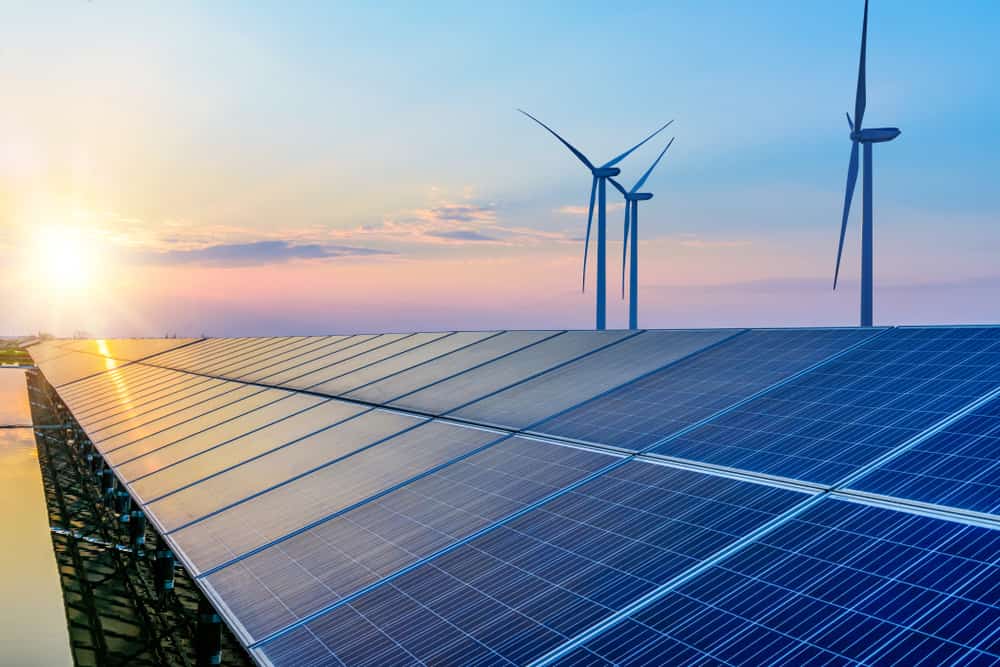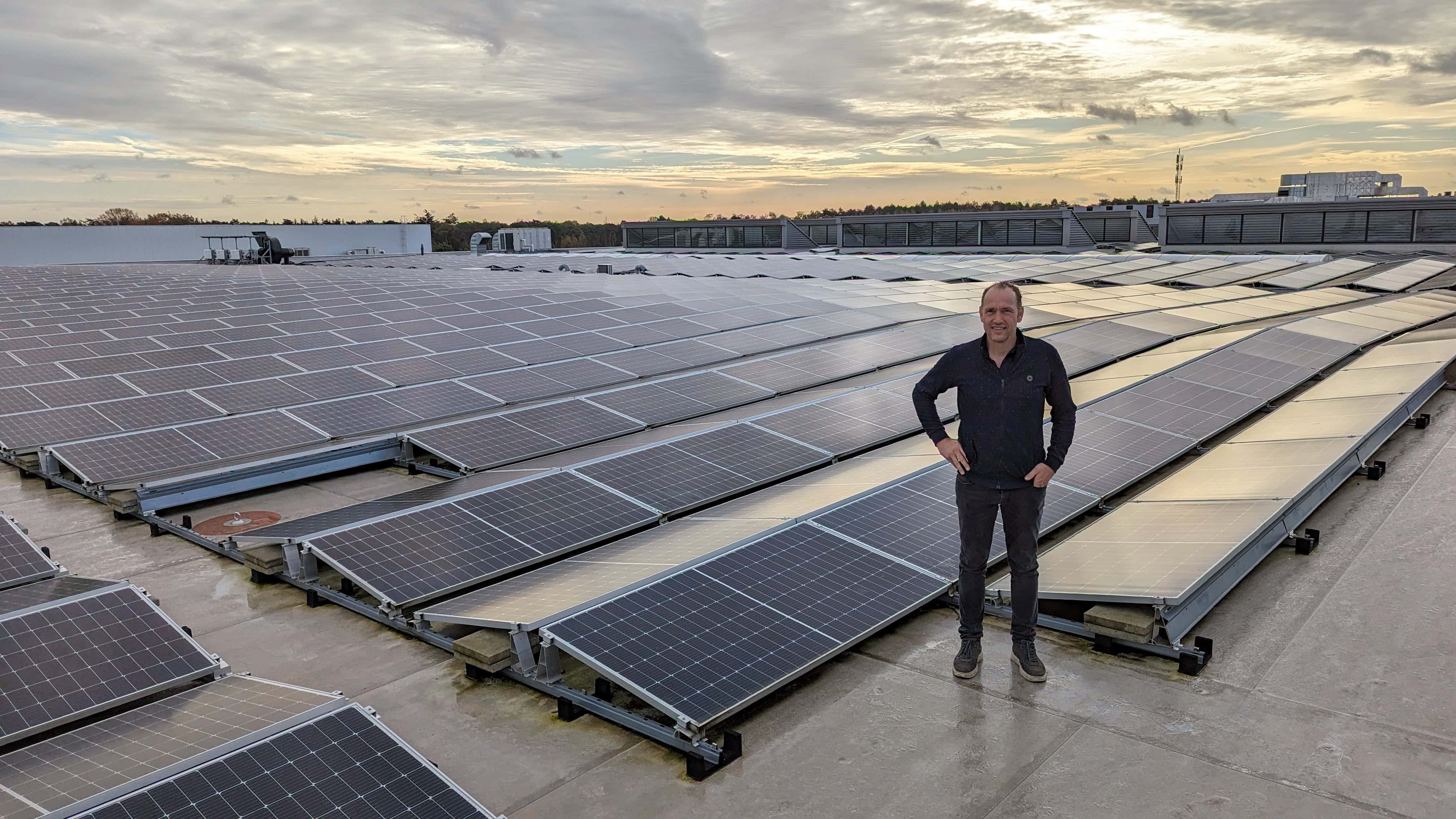
This financial support is intended to enable the state-owned company to make crucial mega-investments in the electricity network in the coming years. Meanwhile, regional and local authorities and knowledge institutions are also actively developing concepts and sketches of the electricity network of the future.
Why you need to know this:
The power grid in the Netherlands is becoming congested and in need of renewal. The 25 billion loan should provide that, as well as other promising initiatives.
The loan
The loan is intended to finance investments in the Netherlands and Germany until 2025. It is a temporary solution until TenneT Germany is sold. This is part of the Netherlands’ efforts to ensure security of supply and affordability of electricity during the energy transition.
Strengthening the grid
Over the next few years, Tennet needs significant financial resources to make necessary investments in the electricity network, which is currently overloaded. At several locations, it is necessary to reinforce the network to be able to transmit enough electricity from one location to another.
One problem with the current grid is the increase in power generation by offshore wind turbines, while the infrastructure is inadequate to route all that generated power to the required destinations. In addition, the demand for electricity is actually increasing as both businesses and households switch to electrification.
The future power grid
Last year, TenneT made a first attempt to map out the grid of the future. This is a grid for fully sustainably generated energy, with energy hubs connected by so-called ‘superhighways’.
Following this, five Dutch universities (TU Delft, TU Eindhoven, TU Twente, University of Groningen and University of Utrecht) and the CWI also decided to start working on a ‘sketch’ of the grid of the future. Digitalisation of the electricity grid is central.
With digital twins, for example, the distribution of energy will be investigated. In the current energy system, a failure or damage to one element affects the whole system, similar to a domino effect, sometimes causing entire regions to fail. “We want to avoid this in the future. Therefore, we propose a system that is distributed, self-organised and resilient,” says Pavol Bauer, professor of DC Systems, Energy Conversion and Storage in TU Delft’s Department of Electrical Renewable Energy.

Local initiatives
Meanwhile, concrete steps are already being taken at local level to address current grid congestion issues. One example is the Local Energy Hub in Hapert, supported by Enexis and local authorities. The pilot project illustrates how a decentralised energy system can function efficiently. Companies at the Kempisch Bedrijven Park use self-generated energy, batteries, wind turbines and a gas turbine to meet their energy needs. This reduces dependence on the central grid and reduces costs sustainably.

The Local Energy Hub in Hapert serves as a model for the rest of the country. It shows that with the right technology and cooperation between companies, local authorities and energy suppliers, a more sustainable and less taxed electricity grid is possible.

